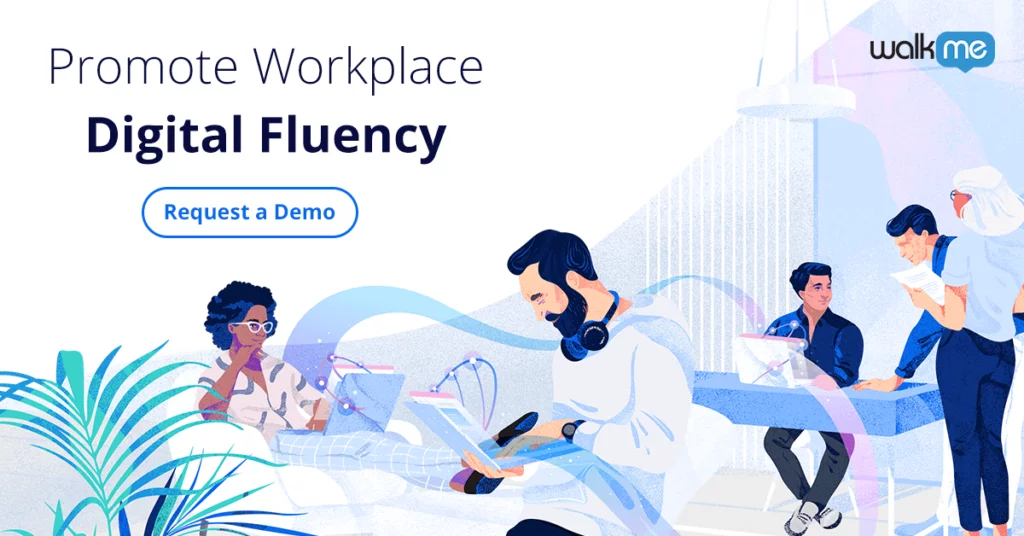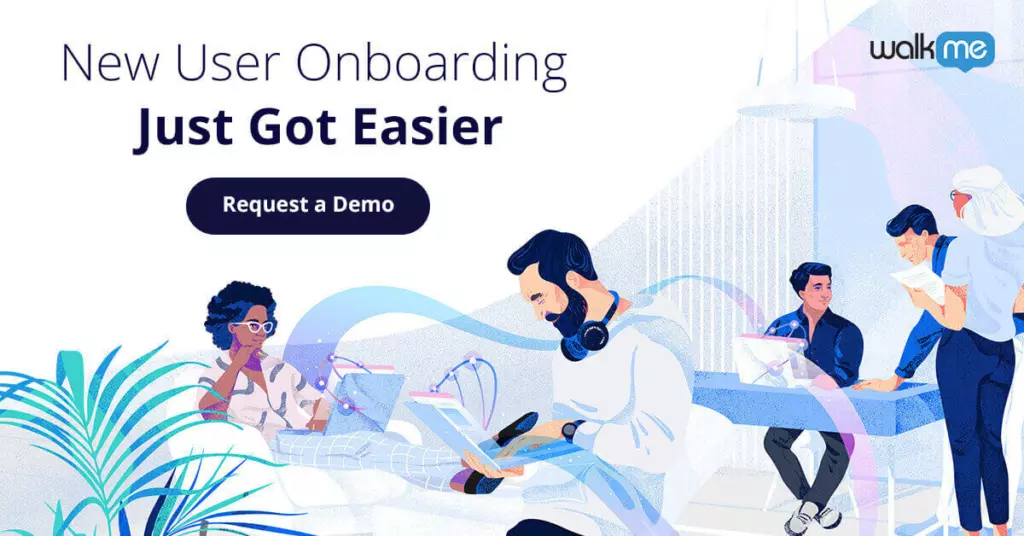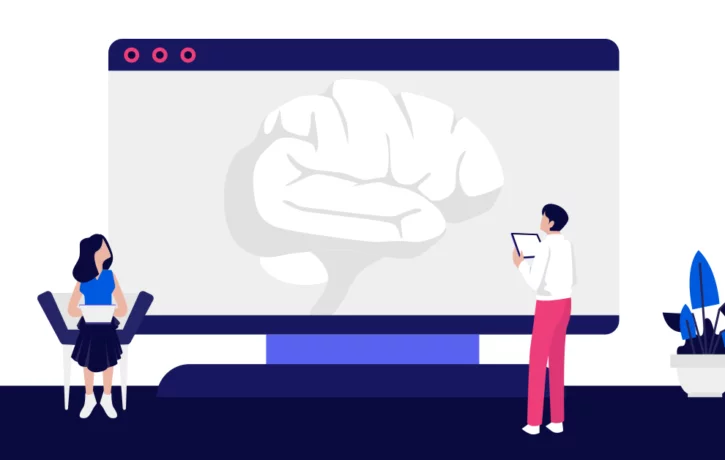Understanding the method behind efficient employee training techniques is half of the challenge.
Employers don’t want to waste time and resources training their staff on things that will go in one ear and out the other. According to Ebbinghaus’ theory of the learning curve, people retain almost 100% of new information on their first day of learning. They subsequently forget 50-80% of new information for every consecutive day of training after that. Meaning that after 30 days of training, your recruits are remembering just 2-3% of the information given to them on that day.
Why then do we insist on sticking with old and outdated employee training techniques that demand employees to retain new information given over long periods of time?
There is a Chinese proverb which states, “I hear and I forget. I see, and I remember. I do, and I understand,” which lends itself to the belief that experiential learning is the best way to learn on the job.

There are a variety of different types of experiential learning methods, all of which are proven to render efficient results for employee training.
In this article, we will look at three different types of experiential learning and the benefits that they provide.
Classical Experiential Learning
Experiential learning is comprised of four parts, as defined by David Kolp, an expert psychologist in the field of experiential learning. They include:
Concrete experience – Active involvement in the learning process
Reflective observations – Analyzing the learning experience itself
Abstract conceptualization – Drawing conclusions based on what has already been learned
Active experimentation – Applying what has been learned in actions
This kind of learning embedded within the flow of work helps employees understand what they need to know concerning a specific task, in real-time. This means your team won’t need to spend days away from their work, at costly and often unproductive training workshops, containing information which they will likely forget by the time they leave the room.

They say that practice makes perfect, and this is the case when it comes to experiential or in-the-flow learning. Those who put action immediately to what they learn are 68% more likely to retain the information, compared to just 29% of those who don’t. This proves that it’s the experience of completing a task that helps us remember how to do it next time.
Contextual Learning
Contextual Learning personalizes experiences using machine learning and AI to adapt the user experience by factoring in relevant personal data. Together these help make contextual learning both highly personalized and accessible.
Contextual learning uses factors such as experience, position within the company, and time in the company to determine what specific task an employee is trying to perform. Contextual learning platforms use this data to deliver real-time and relevant training tips and prompts to help an employee complete a task. With 49% of employees preferring to learn at the point of need, this kind of contextual learning is the way forward.
Contextual learning is beneficial because it delivers the training in a way that enhances your employees day-to-day instead of disrupting it. Make sure to incorporate this information into your employee training techniques.
Gamification
The third form of experiential learning is Gamification, which integrates elements of gaming to create highly engaging learning experiences. This is due in part to it being fun and interactive, making it more likely that users will retain the information presented to them.
Gamification also delivers real-time feedback as they progress through the levels. This is important as the game, and the user can both make adjustments to aid progress and improve performance.

The science behind Gamification is that people have a positive experience when they are striving to reach a goal. They also know there will be some form of reward at the end of the process. Gamification takes them from being passive observers and transforms them into active participants. The proof is in the numbers. 83% of those who received gamified training feel motivated, whereas 61% of those who received non-gamified training feel bored and unproductive.
There is no reason why learning can’t also be fun. Adding an element of competition either against oneself or within a team will help to motivate. Earning badges or completing levels adds a sense of gratification. Leaderboards provide analytics on progress, and there is even an opportunity for collaboration if teams play against one another.
Gamification removes the stress of learning as users are too busy having fun, retaining information without even thinking about it.
Dive Deeper: How to Solve Employee Training Challenges
Brain candy for your team
The most effective employee training techniques require understanding and utilizing the principles of experiential learning, and it’s clear to see why.
It could be experiential learning in its classic form such as role-plays or simply practicing the task at hand. Employers could add context to learning to make it more personalized by delivering relevant prompts and tips as employees navigate a task. By including elements of gaming to make it highly interactive, training will be sure to stick.

What’s crucial is that in all three of these methods, employees can learn as they work, without overthinking the material and are therefore more likely to retain the information in the longterm.
Make sure that your team can take the valuable information that they’re learning and turn it into successful actions.


